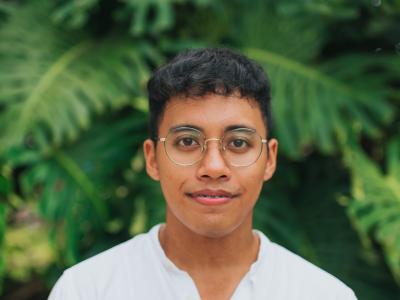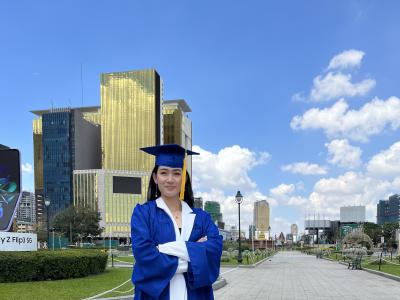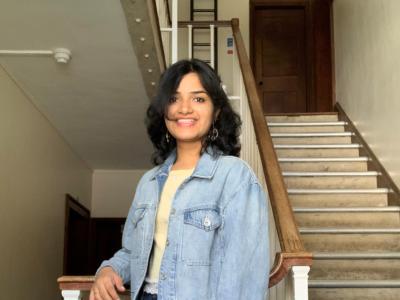
SMU Challenge is back this July 2016 to engage the public in our “Walk for Good” efforts!
What is this SMU Challenge, you ask?
Well, it is an annual community service initiative by the Special Interest and Community Service Sodality (SICS) at SMU, which was first started in 2008. What began as a 24-hour cyclethon has since evolved into our signature annual walkathon. Bringing together the entire SMU community — from students, alumni to faculty and staff — the SMU Challenge is a way for us to come together to give back to our local community. Through a collaboration with theCentral Singapore Community Development Council (CSCDC), it is our hope that this initiative will empower all of us to develop an inclusive culture and to let the individuals from our beneficiaries know that they are never alone in their life journey.
More than just a walk, what makes this event so much more meaningful is that our participants get to walk alongside members of our beneficiaries from the Muscular Dystrophy Association of Singapore (MDAS) and the Singapore Association for the Deaf (SADeaf), while carrying a 3kg pack loaded with basic necessities to be delivered to the elderly at the finishing point!
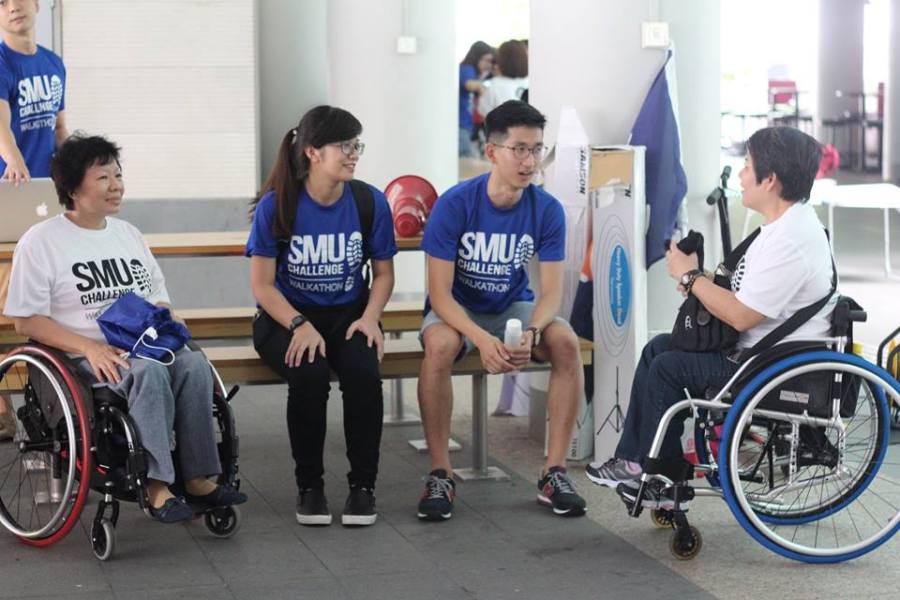
Members of MDAS joining us at the SMU Challenge 2015
Stumbling blocks
Preparing for the SMU Challenge is no mean feat. With it being a two-part initiative, our team had to spend considerable effort in the planning phases to carefully manage our time and effort on both the regular beneficiary interaction sessions (held over the course of three months) and our finale walkathon.
There was also the complexity of having many different stakeholders involved. The team had to ensure that, while we stayed true to the initiative’s objectives, we also paid careful attention to any difficulties and challenges that the proposed activities would pose on our stakeholders. This meant that we had to constantly test out new ideas during the beneficiary interaction sessions to see if, and how, we would need to cater to the different needs and abilities of both members from our two beneficiaries, as well as our volunteers.
Organising such a large scale event in public spaces was another big stumbling block we had to work through. First and foremost, deciding on the walkathon route was not as simple as we had imagined: it involves many considerations such as road safety and accessibility of public spaces every step of the way. It is especially crucial to ensure that our beneficiaries from MDAS, who require the use of a wheelchair, are able to safely navigate around and with ease. This called for numerous recce trips to map out the most suitable and safest route for all our participants of the walkathon that would, at the same time, take us through all the key historical landmarks we wanted to include. One thing that really worked to our advantage was that the walkathon coincided with Singapore’s last Car-Free Sunday of 2016 — which would provide greater freedom for the walkathon routes within these car-free zones.
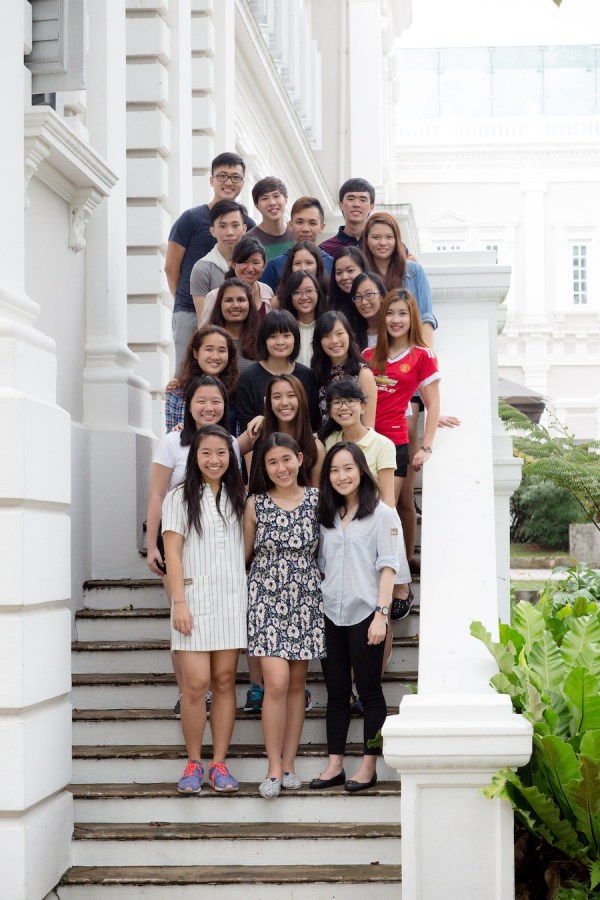
The organising committee for SMU Challenge 2016
Taking to social media
Social media has been lauded as one of the best tools of communication to reach the masses, so what better way to spread the word than through this channel? With that in mind, our team took the opportunity to spearhead a “Special Series” campaign on our social media platforms, where our beneficiaries could share their stories and convictions, providing a glimpse into the everyday lives of people with special needs. Our hope was that a ground-up approach from individuals of our beneficiaries would lend a truthful view and personal touch to help all of us understand how we can play our part in making them feel included in our society.

Volunteers from SMU Challenge bonding with members from SADeaf over a session of ice skating.

Scoring new friends at the bowling alley.
The value of giving back is a two-way traffic
Over the past few months, leading up to the end-July walkathon, the team has kept busy conducting regular beneficiary interaction sessions. This includes both educational and experiential activities such a bowling and ice skating activity, ice cream making workshop, a fun-filled activity camp, as well as a sign language workshop for volunteers.
While they may have discovered new interests through these activities, we have, in turn, learnt the value of patience and the importance of appreciating the simple joys in life. For many of us students, we are often too preoccupied with the pursuit of our “greater achievements”, and may, at times, find ourselves overwhelmed by multiple stress factors. These sessions were timely reminders for us to take a step back and really learn to cherish the humble things in life.

Enjoying the ‘fruits’ of their labour at an ice cream making workshop.

Ending the ice cream making workshop on a high note.
It’s all in the simple gestures
Through our interactions with members of our beneficiaries, we have also learnt how simple gestures can go a long way in helping to make their lives easier. For a start, we can help by being more attentive and taking note of common day-to-day activities that we often take for granted. This could include actions like looking out for wheelchair-bound individuals or those who have movement difficulties and helping to ease their mobility by holding the doors open for them, or even taking note of subtleties in our interactions so as to be more inclusive.
Taking the first step to strike a conversation with our friends from the special needs community and hearing them out helps us to truly understand them as individuals and how we can do better as a society. While it may sound simple, many of us often do not proactively do so. Thus, it is our hope that through SMU Challenge, more people would be able to join us at the Walkathon to help support our cause, as well as to take this opportunity to learn from people from all walks of life through embarking on a meaningful journey together.
To learn more about SMU Challenge, please visit our Facebook page. And to sign up for SMU Challenge Walkathon 2016 on 31 July, head over to http://tinyurl.com/walkforgood2016. We hope to see you there!
This article was originally published on The SMU Blog.
